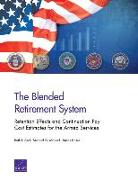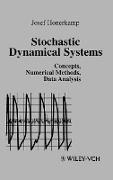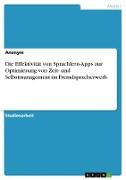The Blended Retirement System: Retention Effects and Continuation Pay Cost Estimates for the Armed Services
BücherAngebote / Angebote:
For decades, the services had a defined-benefit system that vested after 20 years of service in an immediate annuity computed based on years of service and basic pay using a 2.5-percent multiplier. The 2016 National Defense Authorization Act created a new system called the Blended Retirement System (BRS) that changes the defined-benefit multiplier to 2.0 percent and adds two new components: a defined-contribution plan known as the Thrift Savings Plan and continuation pay (CP). This research uses RAND's Dynamic Retention Model to simulate the steady-state effects of the BRS on active component retention, reserve component participation, and CP costs for both officers and enlisted personnel for each of the armed services. The report finds that the BRS can sustain the same force size and mix as the legacy system for enlisted personnel and officers in each service. The CP multipliers that sustain long-run retention are similar across the services but differ for enlisted personnel and officers. Enlisted multipliers are close to the floor established by Congress, while officer multipliers are substantially higher. Simulations show that virtually all junior enlisted personnel would elect the BRS over the legacy system, although the election rate drops off with years of service. The officer pattern is similar when CP multipliers are set high enough to sustain long-run retention, but relatively few officers elect the BRS when CP multipliers are lower. The report finds that election rates affect the time pattern of cost and cost savings to the government"--Publisher's description.
Folgt in ca. 15 Arbeitstagen




